Period-accurate hair styles can really make or break an impression. I'm working on some picture tutorials for making different styles c. 1855-1865; here's my research thus far on accurate accouterments for dressing the hair.
Plain, straight steel pins are one option for holding the hair in place.
 |
Straight metal hair pins, among other items from the Arabia (1856)
credit: Colette Clark |
Similar modern designs:
Amish steel hair pins, which most closely follow the shape of period pins, but require some practice to use effectively;
Bunheads Hair Pins have a slightly modified shape, but hold really well.
These metal pins can also apparently be used for decoration:
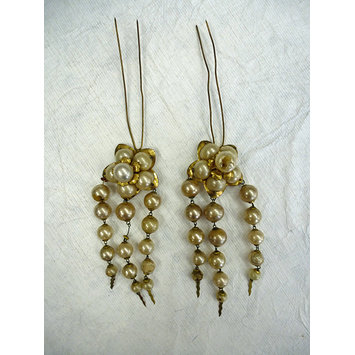 |
| Hair ornaments on gilt pins, 1850-1855, VAM |
Another option with modern analogue is the tortoise-shell pin; it has the same overall narrow-U shape, but with wavy legs instead of straight ones.
Magic-Grip Pins, in 'faux tortoise' plastic, have the same shape, but with straight bar along the waves. I find them initially easier to use than the Amish Steels, but not as easy as the Bunheads. They are readily available at Sally Beauty Supply and similar stores.
I've not found a modern reproduction of these brass hairpins.
And those new helical hairpins may not be
completely inappropriate...
Jumping back to the decorative side of things, ornaments on straight pins are also an option.
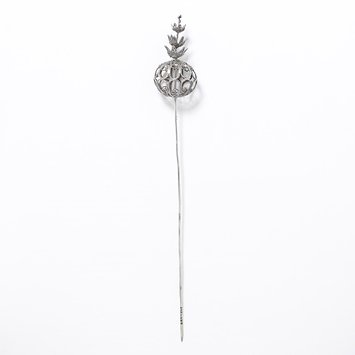 |
| Silver Italian hair pin, c. 1835-63, VAM |
Some Back Combs:
Back combs are worn tucked into the back hair--they're decorative, rather than functional. During the late 1850s and early 1860s, this back hair is dressed low on the head/neck, making the back combs primarily visible from behind (they don't stick up over the head as they will earlier and later in the century). Examples:
 |
| The Lady's Friend, 1859 |
 |
| Peterson's, 1862 |
 |
| Peterson's, 1865 |
Tiaras, diadems, and wreaths also appear in fancy coiffures, particularly for special evening events like balls and formal dinners.
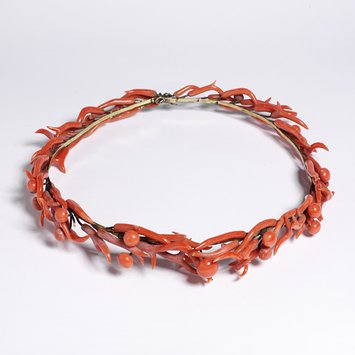 |
| Coral Tiara, c. 1850-60, VAM |
Brushes and combs may also be of interest to those demonstrating hair-dressing, or participating in immersion events.
Hardware thus dispensed with, on to the software. Oils and pomades (for imparting softness and sheen on the hair) are discussed in
Perfumery, Its Manufacture and Use (1853);
How to Arrange the Hair (1857) recommends that pure vegetable oils be used to keep the hair neat--olive oil is apparently used in Southern Europe, while English hair-dressers favor bear, beef, or pork fat;
An Encyclopedia of Domestic Economy (1852) contains the most concise treatment of this subject.
Curls may be effected by the use of curling-paper, curling-fluid, and tongs or irons. I haven't yet found a period reference to rag-curlers (though the method is nearly identical to period crimping techniques).
"Ladies who curl the hair should use for purpose soft paper or silk, which will prevent the hair cracking, and other injuries that result from hard papillottes
. Those who wear the hair in bands or braids, ought to or fold it very loosely at night, when retiring rest. It should then always be liberated forced constraints and plaits. It must be combed and thoroughly brushed every morning, and afterwards nicely smoothed with the palm of the hand, which gives it a high gloss, after oil has been applied. In order to add to its length and strength, the ends should be tipped at least once a month, to prevent the hair splitting. "
-
Arthur's Illustrated Home Magazine, March 1860
 |
Advertisement for Curling Fluid, from The Atheneum, 1858
It "saves the trouble of using curl papers or irons." |
Waves are popular in the early 1860s; commercial crimpers are available, or one may 'make waves' by braiding the hair while wet, or wrapping it through hair pins:
 |
| Ad for Hair Crimpers, Godey's, 1862 |
Braids/plaits for little girls are to be tied with
ribbon (in preference to thread). I have not found a reference to how lady's plaits are fastened, but whatever material is used manages to be concealed in the finished style.
Frizettes or
'rats' are
cushions of hair (or, apparently, of
silk) that are placed underneath the hair to give it
volume and to
shape it. They may be made of
'combings' (gleamed from one's own hair brush), or from cut hair.
"Wigs and frizettes, and bands, and top pieces, and curls" were available for purchase from hair dressers (more detailed description
here).
 |
| Modern "rats" made of hair encased in invisible nets. |
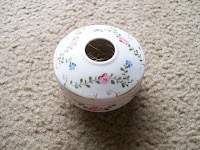 |
Hair Receiver, date unknown, from the author's collection.
Loose hair from brushes and combs are stored in the hair
receiver until needed for 'frizettes'. |
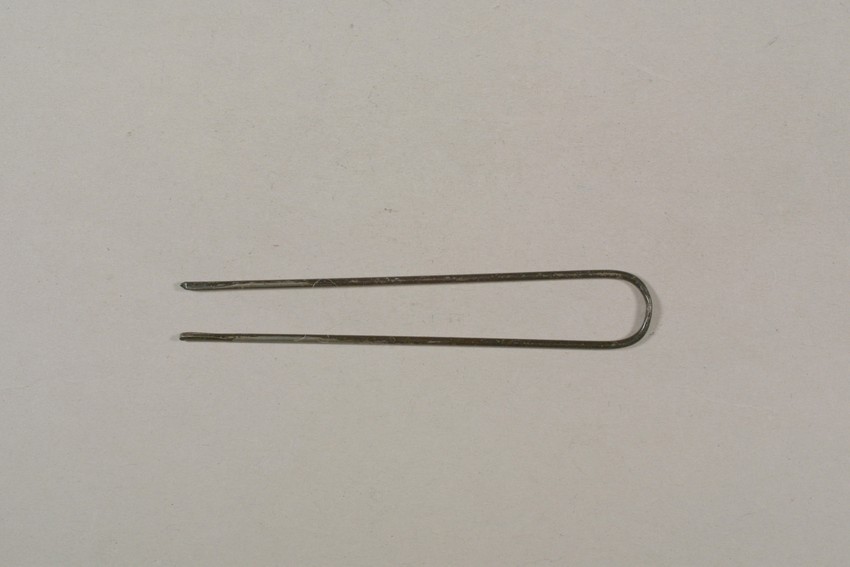

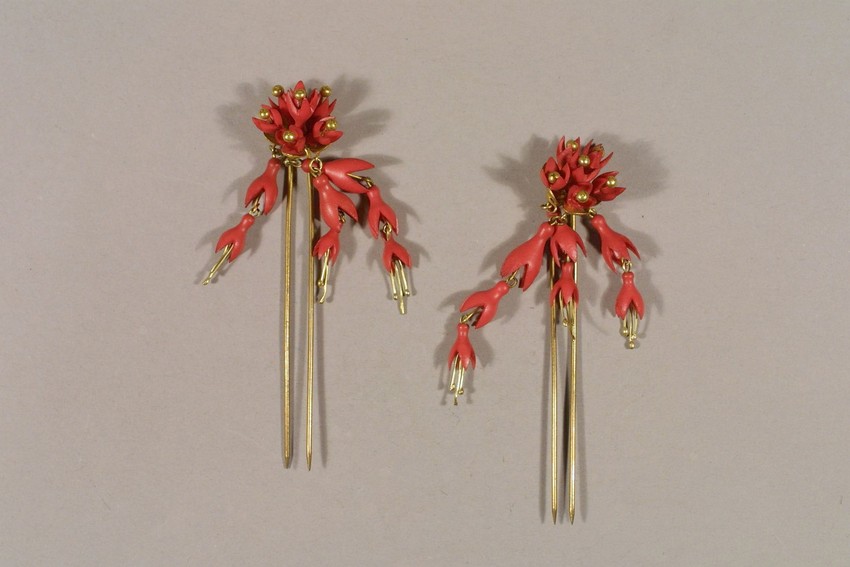

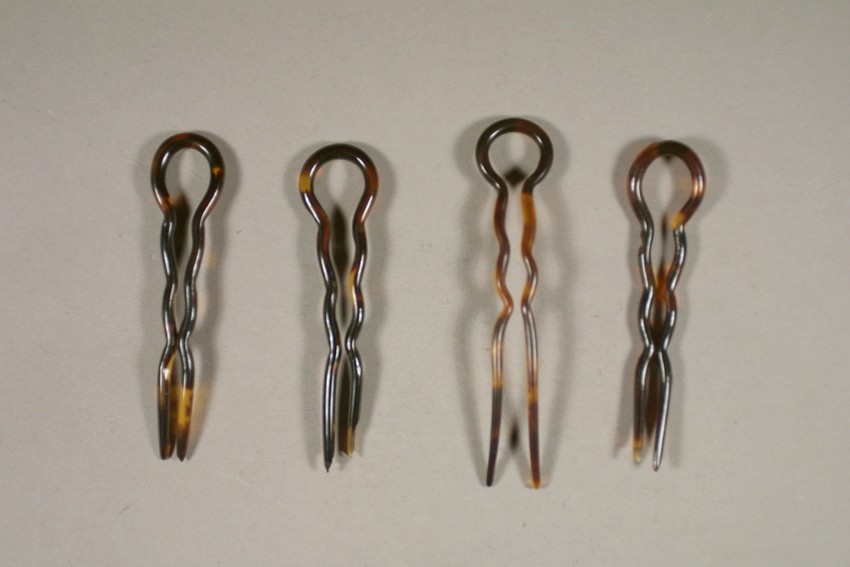

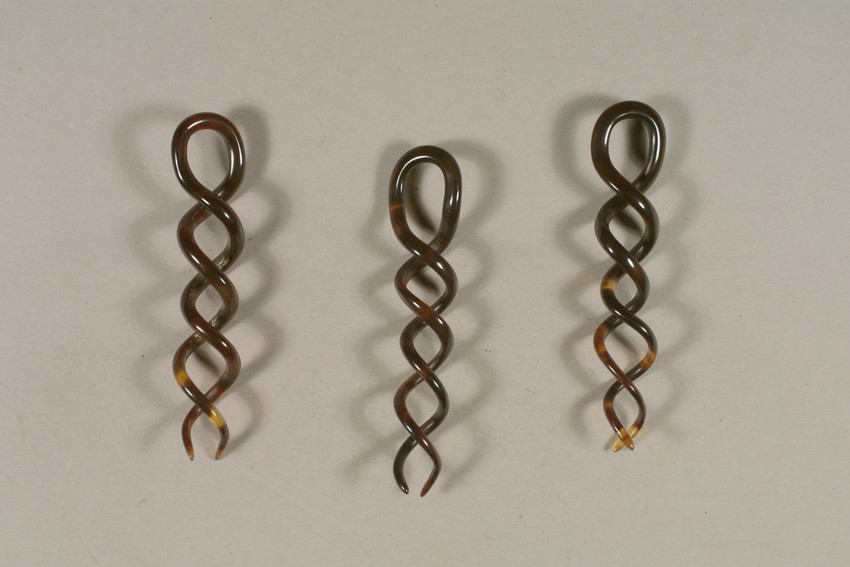

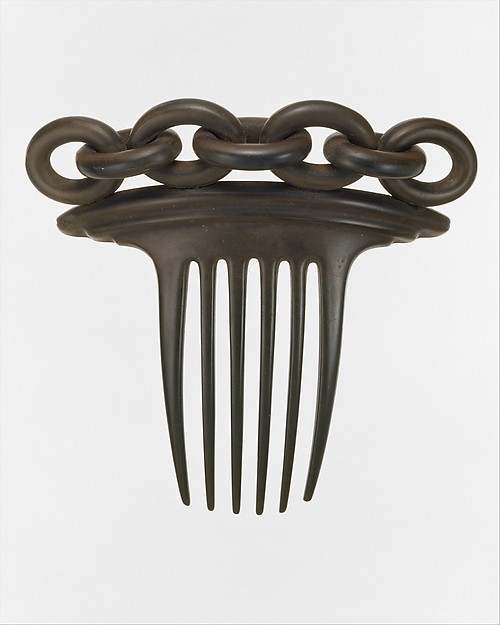

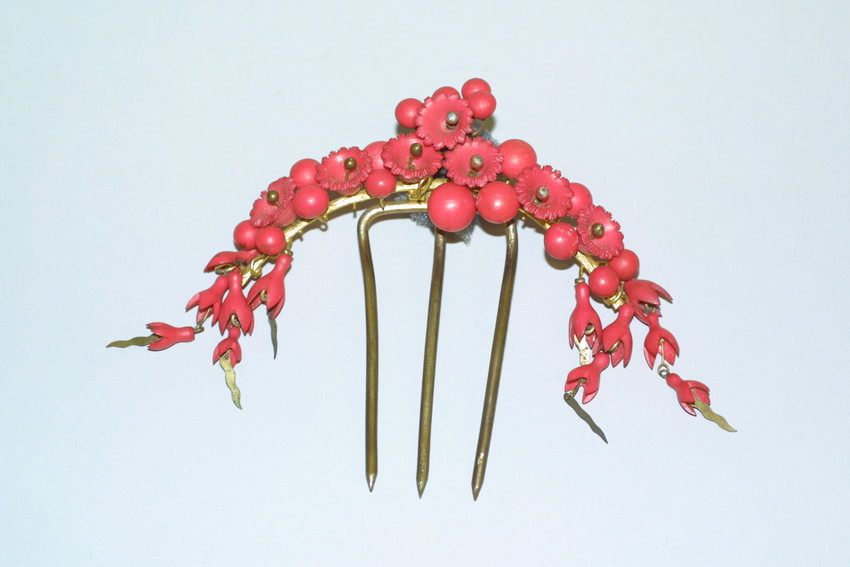
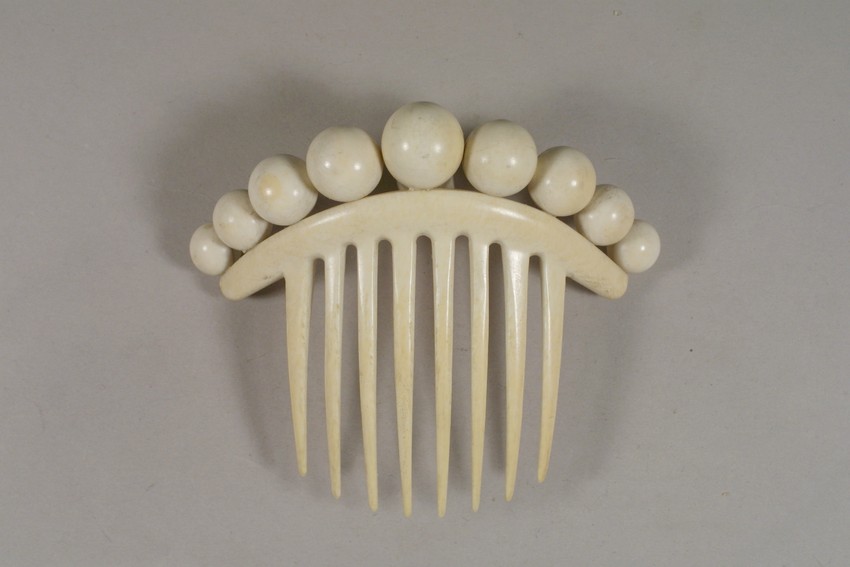
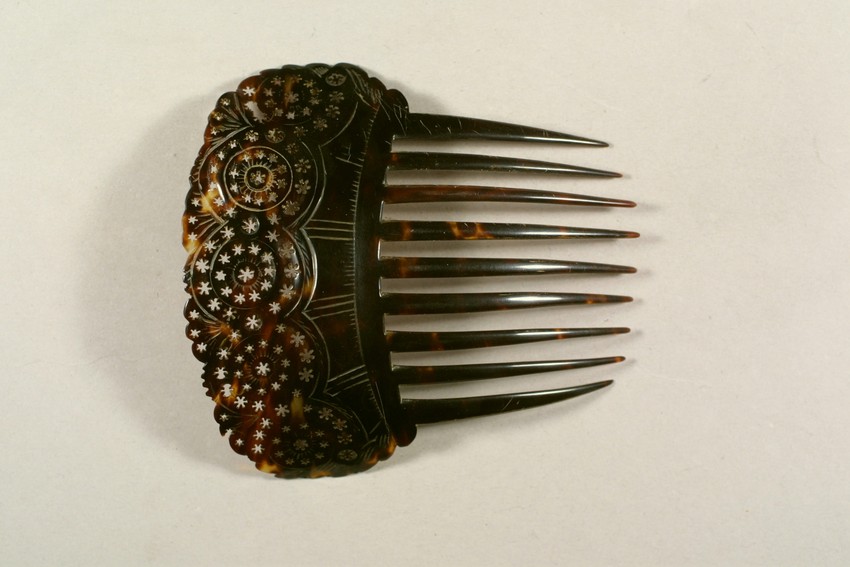
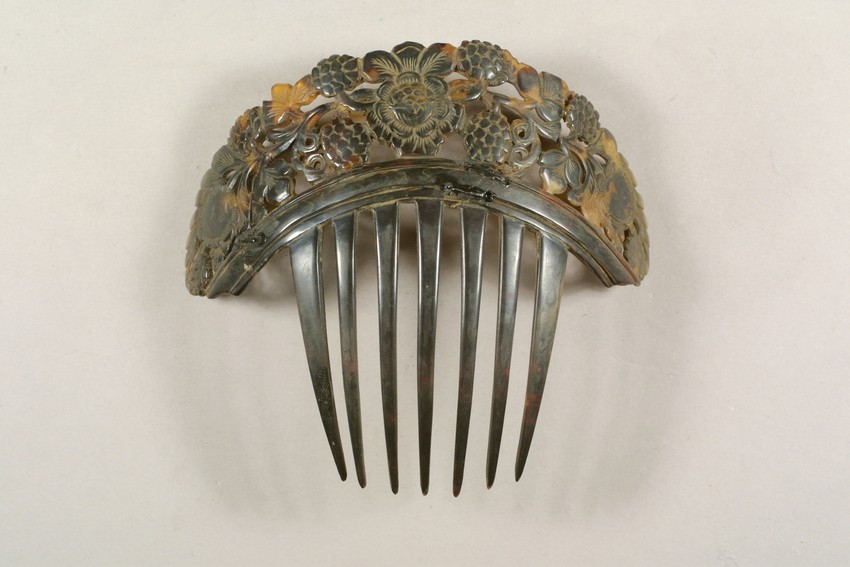
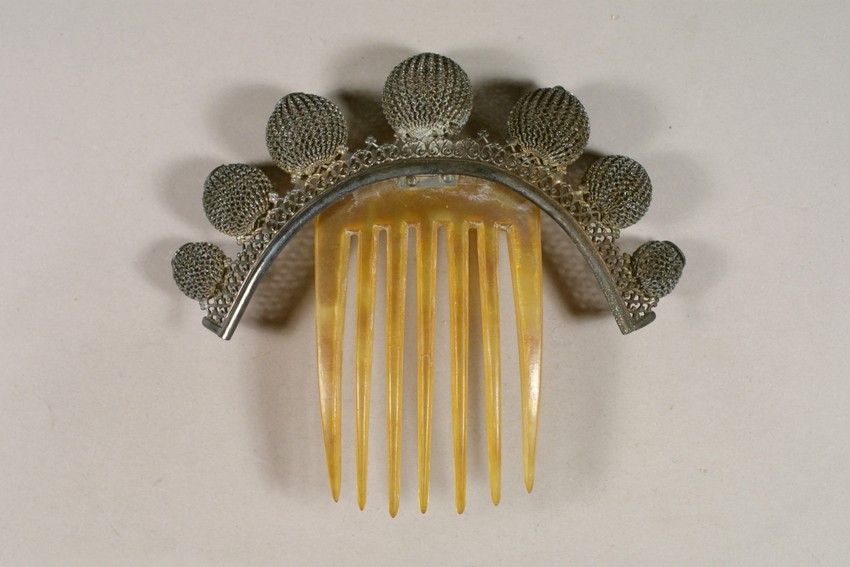



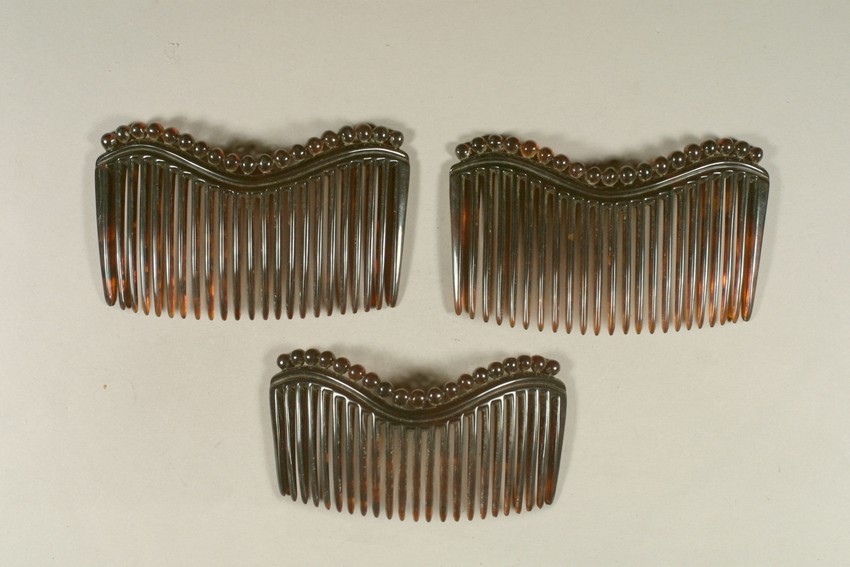

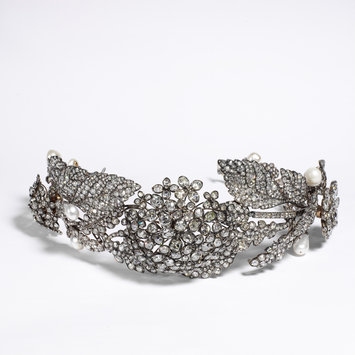






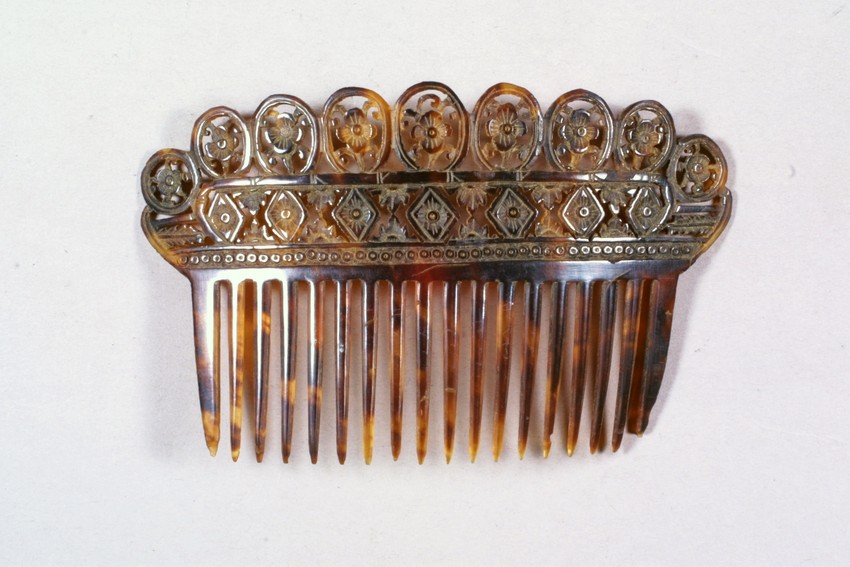
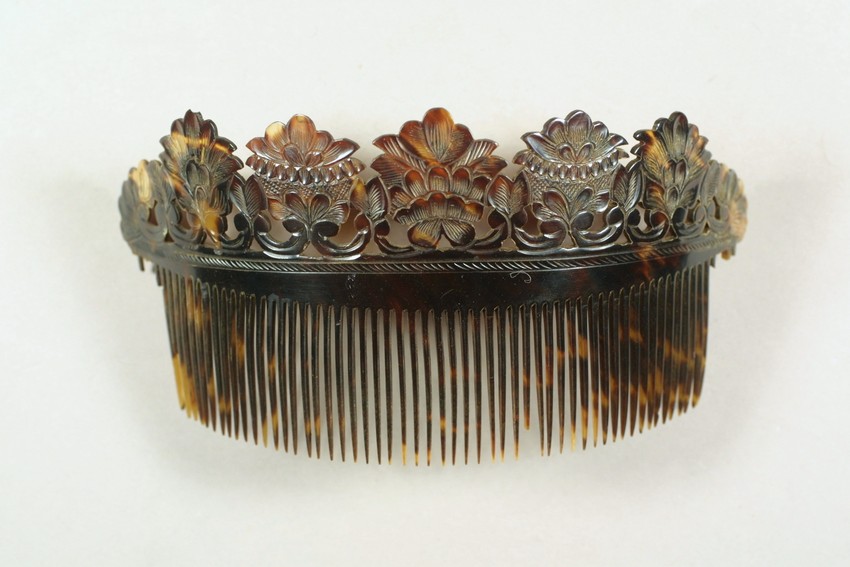
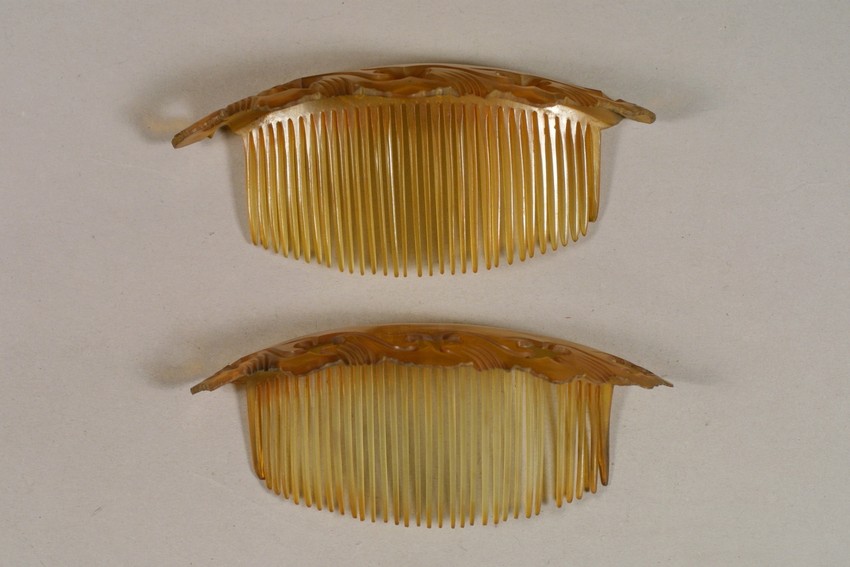
I discovered this site while looking up Regency dancing shoes know as Shoe Roses and what a wonderful site. I am old and hope I can come back to this site over and over...what a lot of good work and research. I do have to ask though if only all the text on this could be in dark black so I could SEE it. I wish I were 20 years younger and had lots more time to read through your fabulous site. Thank you.
ReplyDeleteThank you. It's been a while since I revisited the color scheme, so I'll look into that. The tricolor text is a holdover from the old blogger days, which have left me with a conviction that links should be differentiated from other text.
ReplyDelete